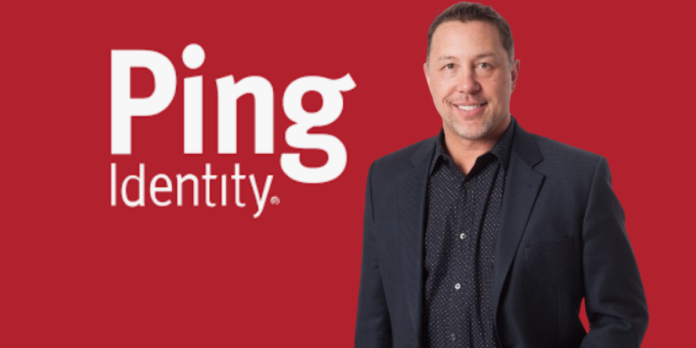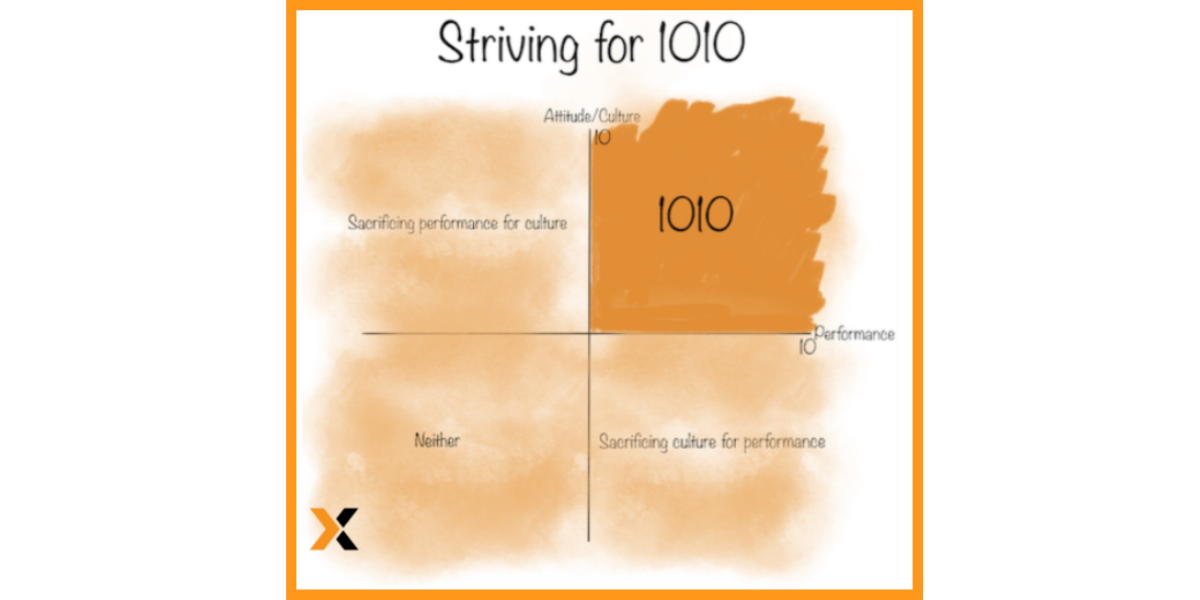
How do you drive performance without sacrificing culture? And how do you foster culture without sacrificing performance?
Ping Identity has worked carefully and intelligently to strike a healthy balance between performance and culture. This is an especially big achievement when you consider all the unique challenges they inevitably faced over the last two years.
Ping is a software company that provides identity management and self-hosted identity access management to web identities. To promote and sustain a healthy culture for over 1,200 employees across 11 locations around the world, they’ve learned to adopt and practice a unique mentality.
To understand more about Ping’s mentality and culture, I recently caught up with their founder and CEO, Andre Durand.
Durand founded Ping 20 years ago in 2002. He stood as he spoke during our Zoom interview. He was some twenty or so stories up in a skyscraper, a big window showing the city of Denver behind him. He wore a professorial suit over a black t-shirt, and he spoke with intention and enthusiasm. His passion and thoughtfulness toward building a thriving organization—both in performance and culture—came through the camera loud and clear.
This interview has been lightly edited for clarity and length.
How the Pandemic Changed and Refined Durand’s View of Workplace Culture
Kevin Kruse: A lot has happened since we last met in 2017, especially in the last two years. How have the last two years changed your perspective on and your approach to leadership and culture?
Andre Durand: Well, I think it's a tale of two worlds. One is the tale of productivity. If there was ever any question as to whether or not remote workers could be productive, we put that question to bed. No matter how you look at and measure the question “is work getting done,” the answer is clearly “yes.”
The other tale is that of human connection. There's a certain amount of trust building and human connection that happens in 3D but not on Zoom. There are measurable ways of showing that we can get work done, but there's something extra that’s missing in the virtual environment. When we are face to face, we can discuss any number of topics other than work, and this leads to stronger connections and stronger bonds. Stronger bonds can lead to faster and deeper trust, and this can ultimately lead to better team performance.
How Durand and Ping Adjusted their Approach
Kruse: So how do you address these pros and cons of remote work at Ping?
Durand: I deeply value both focused individual time, which can be done anywhere, and the connections that are made with physical proximity (what I call the serendipity of physical proximity).
And I'd like to see us try to optimize a balance of both. We don't need to come into work and do cubical work every day, but we should come together physically to collaborate.
We are pursuing what we call “Pulse.” Pulse is where we work one or two days physically together collaborating and then three to four days of focus time from wherever.
The truth is, over 30% of Ping was always remote. We were always going to have to balance a great employee experience for in-person employees with a great employee experience for remote employees. And now, the all-remote bucket is growing. Employees are choosing where they fall on the spectrum of all-remote versus in-person, and so there’s some rebalancing that’s taking place as people experience and advocate for what works best for them and their lifestyle.
How and Why Durand Made “10-10” the Ping Motto
Kruse: I’ve heard you speak about the concept of “10-10.” What does that mean?
Durand: Over the years, I've written any number of organizational values. But, when I read the company's values I would always think oh my gosh there’s another good one, and another…The truth is, there's an infinite number of characteristics and attributes that you can model, put on a pedestal, and try to get the behavior of the organization to orient on. So, I came to the realization that our values are only as good as they are memorable.
I wanted to distill both our culture and our value statement into something that was really, really, simple and memorable. That’s when I arrived at this notion of 10-10.
I think of 10-10 as a simple X, Y axis. On one axis is “performance.” On the other axis is “attitude.” Both on a scale up to ten.
If you're talking about an individual, what's that individual's performance and what’s their attitude on a scale to ten? If you're talking about a company, you could say the company's performance and culture-defining culture is a collection of individual attitudes.

10-10 is this notion that you have to win on both dimensions. Performance matters, but not at the expense of the attitude or culture. There are a lot of ways to win in one dimension and lose in the other. It's a much higher bar as a leader to hold yourself accountable for performance, and to do so in a way that doesn’t sacrifice your greater values and culture. Sacrificing people to get performance is cheating. You can cheat but there will always be a cost—whether now or later, to yourself, your colleagues, or your family. It’s that simple. Performance and attitude is a 10-10 win, and we hold ourselves to that statement.
A More Flexible Future
Kruse: Any last thoughts you’d like to share?
Durand: While the world has undergone a lot of trauma over the last couple of years, there is, as always, the good and bad of every situation. And there is a lot of goodness that is accelerating us into the future around what has just occurred. One of those good things is the flexibility. This has now brought a new degree of flexibility in the employee-employer relationship, one that I think is a better, healthier, long-term, and more sustainable relationship. I'm not sure we would have gotten there if it weren’t for the trauma of the last couple of years. I think long term, for productivity, mental health, and the health of families, we could emerge in a much stronger place.
How to Bring Durand’s Insights to Your Organization
The common thread through each of Durand’s insights is balance. It’s a matter of striking the right balance between:
- 3D and 2D work (or in-person and remote work).
- Attitude and performance.
- A challenging two years to reflect on and an improved future to anticipate.
How are these balancing acts affecting your organization?







